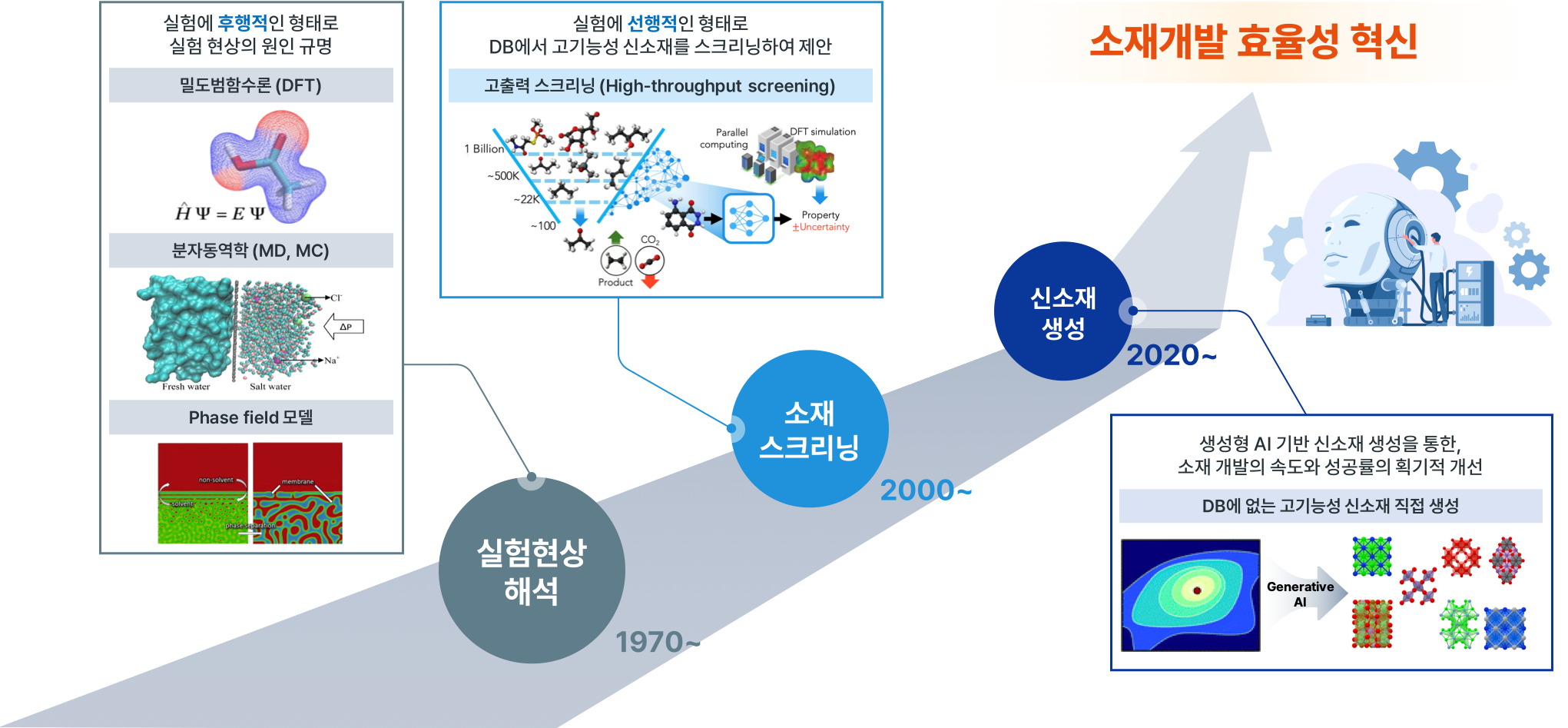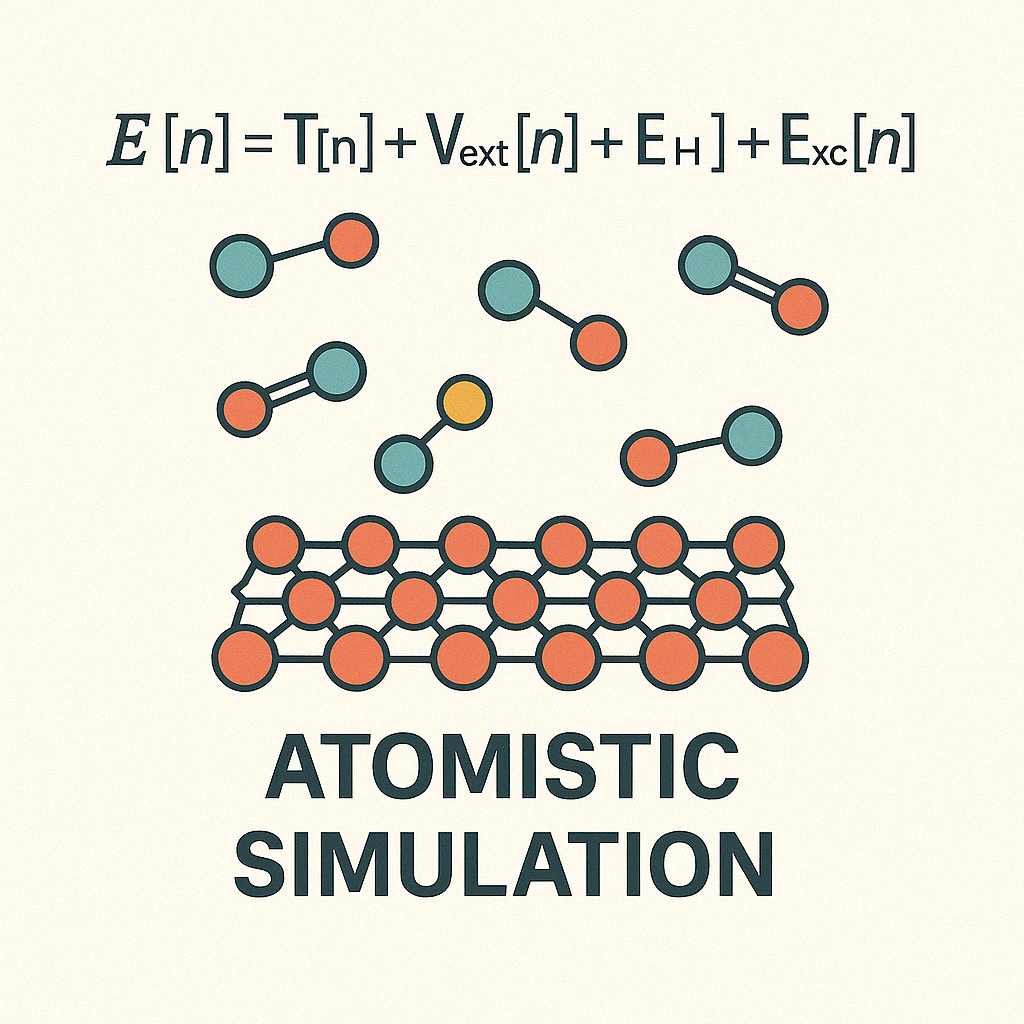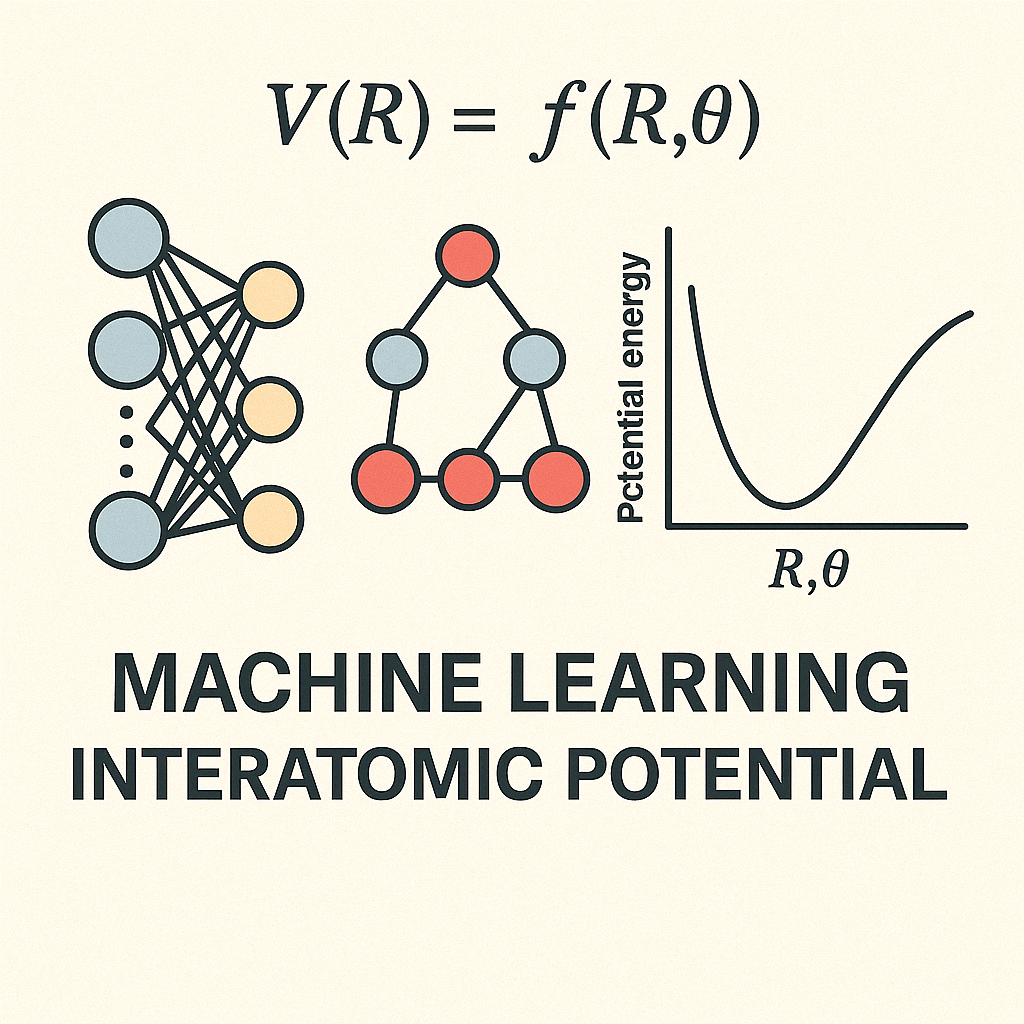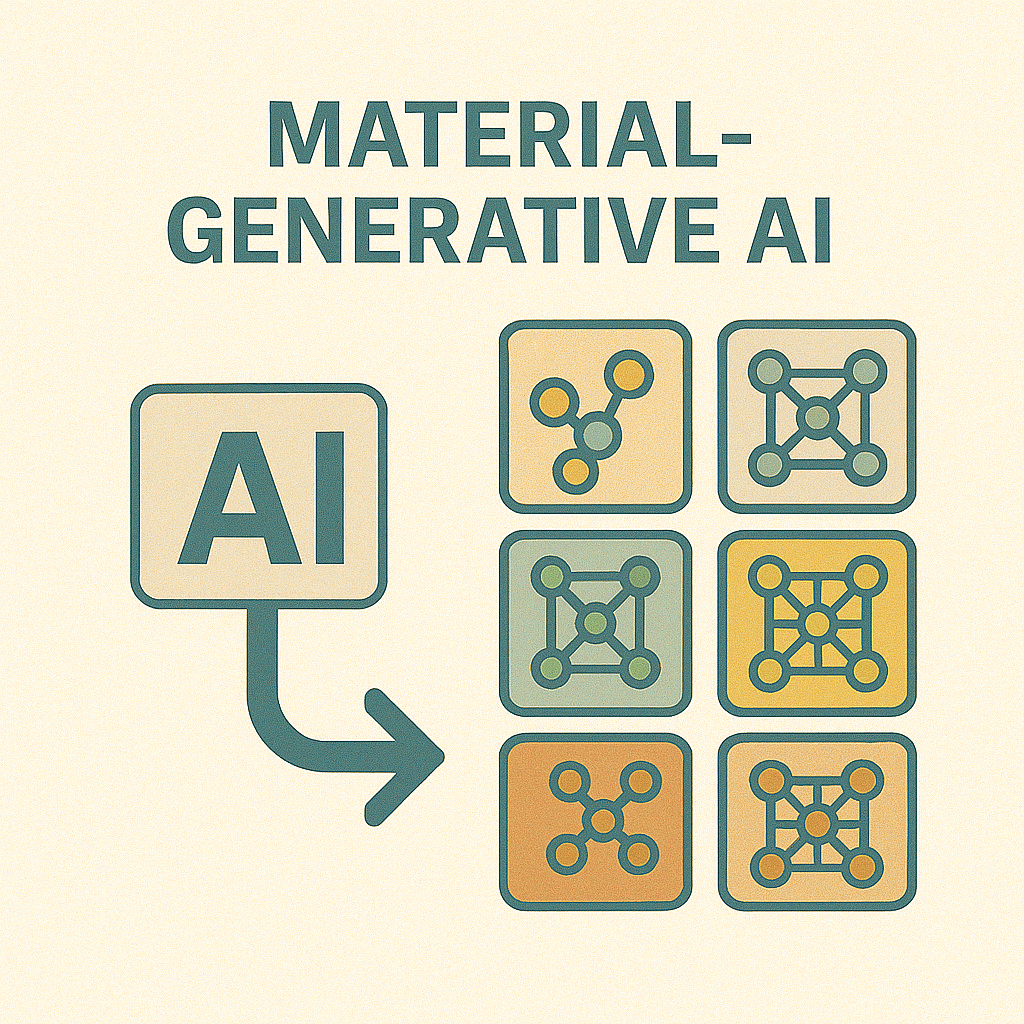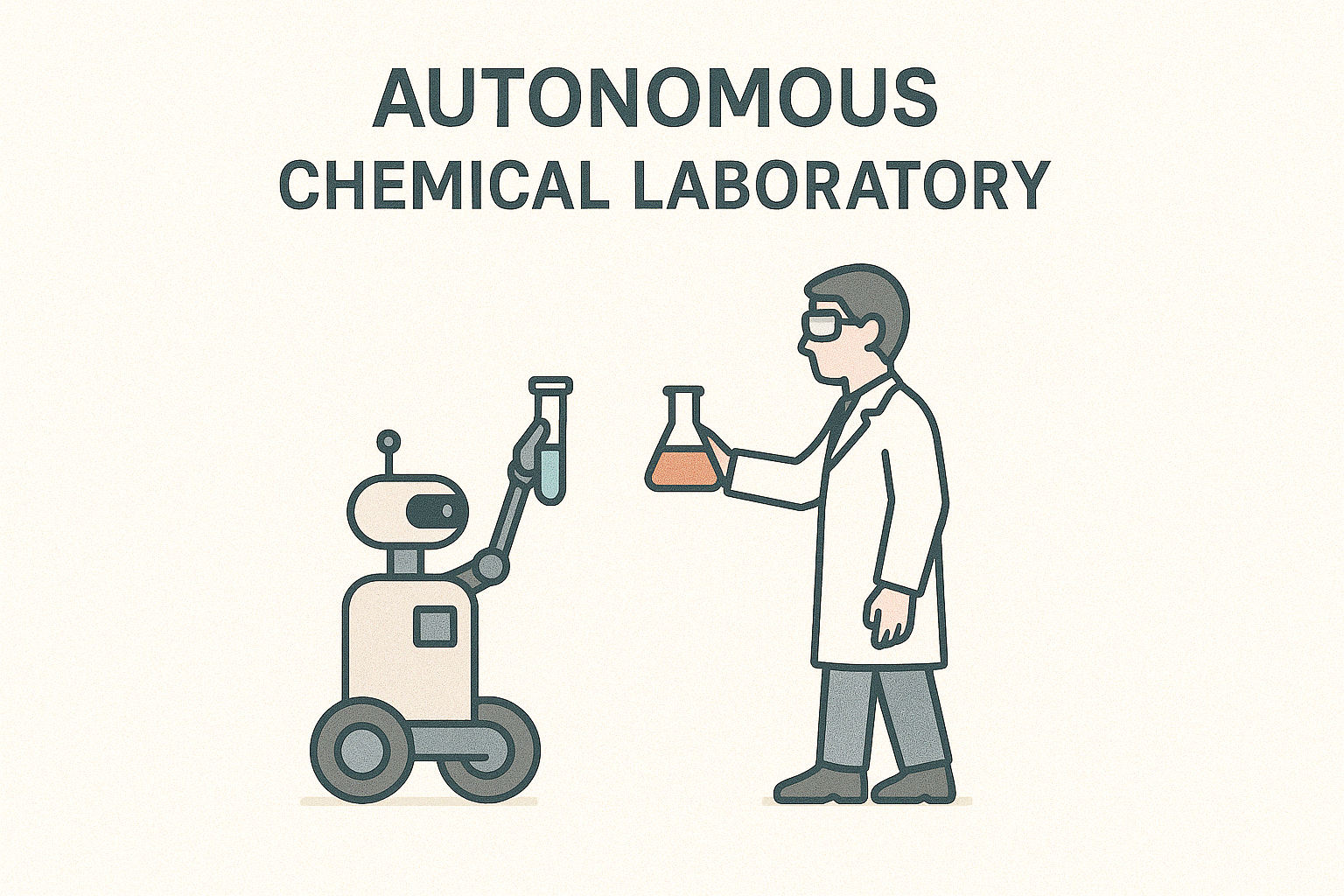CAIM Lab pursues accelerated material design by developing computational and AI models, primarily in energy applications (catalysis and battery)
Computer-aided material design has become a powerful approach
The role of computational materials science has expanded. Since the establishment of the field, its primary role has been the interpretation of experimental results. Around the year 2000, as computing power improved, the field began to take on a new role: proposing materials through screening processes. This is the so-called high-throughput screening. More recently, with the rapid advancement of generative AI technologies, yet another role has been added: the generation of new materials. Just as ChatGPT can generate creative texts or images that did not previously exist, generative AI in this context can directly create high-performance new materials that are not found in existing databases. While materials screening identifies candidates within a database, material generation creates new candidates outside of it — this marks a fundamental difference. Although this is still a very early-stage field, it holds great promise for revolutionizing the efficiency of materials development.


